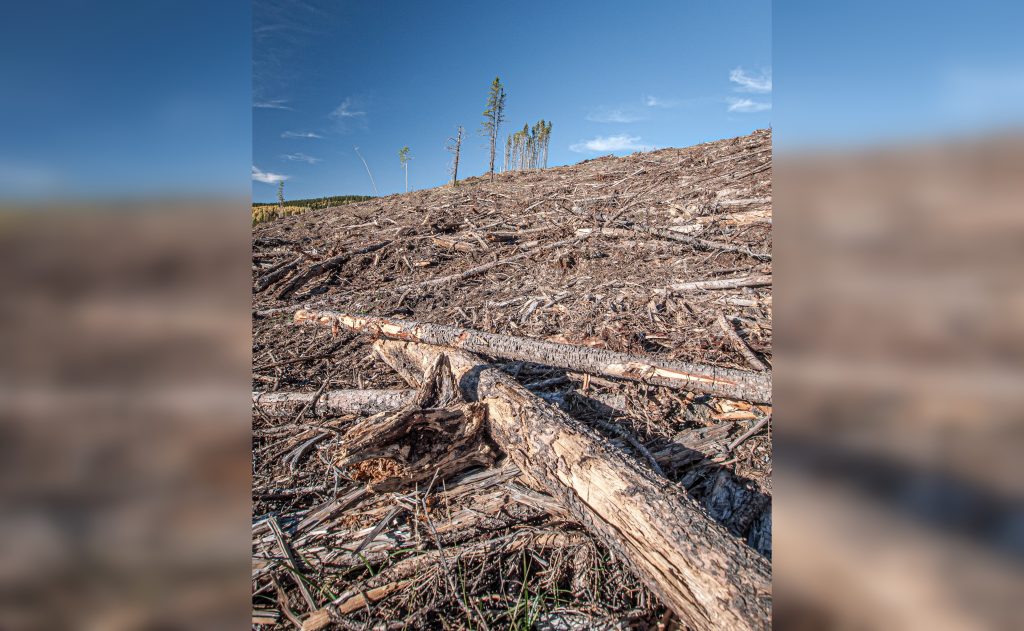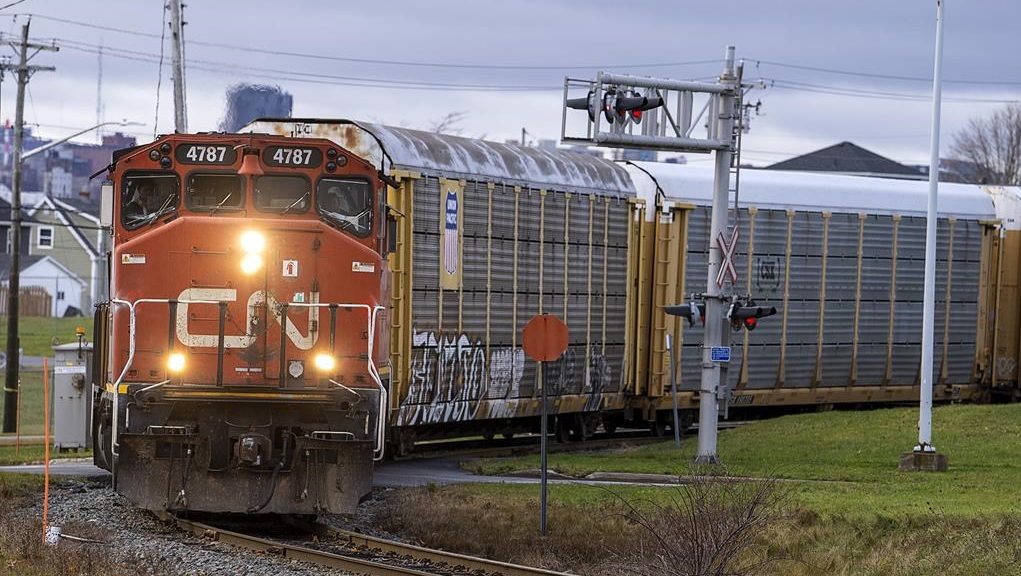900 hectares of forest near Calgary at risk of being logged: recreation group

Posted Jun 19, 2023 6:51 pm.
Last Updated Apr 27, 2024 1:00 pm.
A decision that will see the loss of popular trails 30 minutes west of Calgary due to clear-cutting is receiving pushback from hikers and cyclists.
Spray Lake Sawmills (SLS) is working on logging 900 hectares in West Bragg Creek and in the Moose Mountain area in 2026.
“That’s the equivalent of 833 soccer fields,” Shaun Peter, Bragg Creek and Kananaskis Outdoor Recreation organizer told CityNews.
“It’s a massive area, and it’s in an area that has one of the highest concentrations of trails anywhere in Alberta. And one of the most popular areas — if not the most popular areas outside of Cameron Nordic Centre for recreation — with 300,000 users a year, so it’s pretty disconcerting.”
While SLS has not yet released specific plans for their harvest, its rough plan indicates the east-facing slope of the Moose Mountain Trail System and the south-facing slope of the West Bragg Creek Trail System will be cleared.
The land was built on Crown land, and Peter explains over 100,000 volunteer hours were put into the land, and $6.5 million in donations was spent on the area.
“There’s 250 combined kilometres of trails between West Bragg Creek and Moose Mountain on Lake Trout Society … you have a result of 300,000 people coming there,” he said.
“As far as biking goes, if this area didn’t exist, they probably wouldn’t exist in Bragg Creek … and countless stores in Calgary benefit from this.”
According to a report from the Tourism Industry Association of Alberta, when it comes to recreation, around $375 million were spent on outdoor recreation equipment, which contributes $2.8 billion in GDP in Alberta, along with 36,000 full-time jobs and $551 million in tax revenue.
“So you take that, and you look at it, and you look at the profits that are coming out of this area, and the house and economic benefits that we’re getting from this area … and you risk all of that by making this area not attractive anymore,” Peter explained.
“If they looked at just the hard economics and the overall benefit of logging mass versus letting it be designated as a recreation area and removing logging from the landscape, it’s a pretty easy solution.”
Related Stories:
-
Nature Conservancy of Canada purchases land for protection in southern Alberta
-
UCP allows private company to manage Southern Alberta forests
-
Nearly one quarter of trails in southern B.C., Alberta unmapped and unmanaged: study
Peter says lodgepole pine and spruce forests don’t see selective logging, so they will be “essentially clear-cut.”
The province says it’s in the consultation phase, and operational planning is slated for 2024, with a tentative harvest in 2026.
However, Peter says the consultation is just a matter of doing “little tweaks to the plan” to give it less of an effect on the recreation area, adding the size of the logging is too large, but SLS calls it “non-negotiable.”
“Our concern is that there’s just been far too much logging in too short of a time and in a way too popular of an area to allow us to go ahead at all in 2026,” Peter said.
The recreation area saw logging in 2012, and he says logging standards should allow for a regrowth period of 20 years, which has not happened.
However, Ed Kulcsar, the vice president of Woodlands SLS Cochrane, says that’s not a correct application of “adjacency constraints.”
He says the SLS Strategic Forest Management Plan contained information about the forest inventory, which is then put into the sustainable plan.
“These areas or stands that are selected for harvest are not contravening any kind of adjacency constraint or considerations,” Kulcsar said.
WATCH: Alberta parks to receive upgrades
SLS received rights to log in the area after adopting a Forest Management Plan, a 200-year sustainable harvest plan signed with the province in 2021.
In addition, SLS held open houses on May 3 for Cochrane to ensure stakeholders and the general public about “current and upcoming timber operations” in the West Bragg Creek area.
Kulcsar says it had public consultation and stakeholder involvement in 2020 and 2021, which included the two areas under threat.
“We have initiated communications with the formal trail groups that are active in the area, and we will be providing further opportunities for the public itself to get engaged over the next three years,” he explained.
This will include open houses in 2024, 2025, and 2026.
“This is the public’s opportunity to view our initial operational plans, comment on the harvest design, comment on timing of operations, it’s that opportunity to work out the integration details,” Kulcsar said.
SLS says it received First Nations consultation per “The Government of Alberta guidelines on land and natural resource management.”
A petition with over 9,700 signatures with a goal of 10,000 started on June 5, hoping to thwart the logging.








